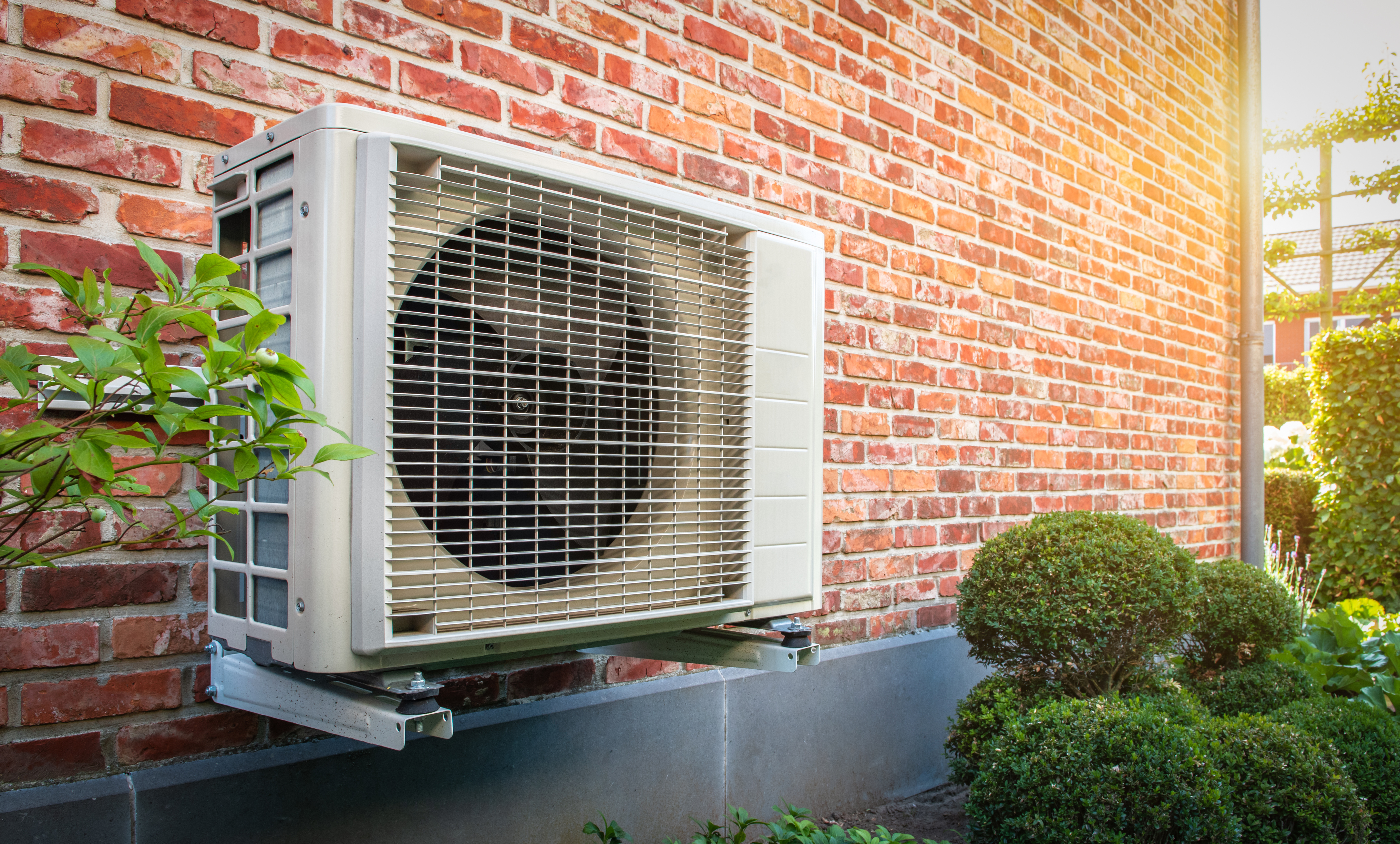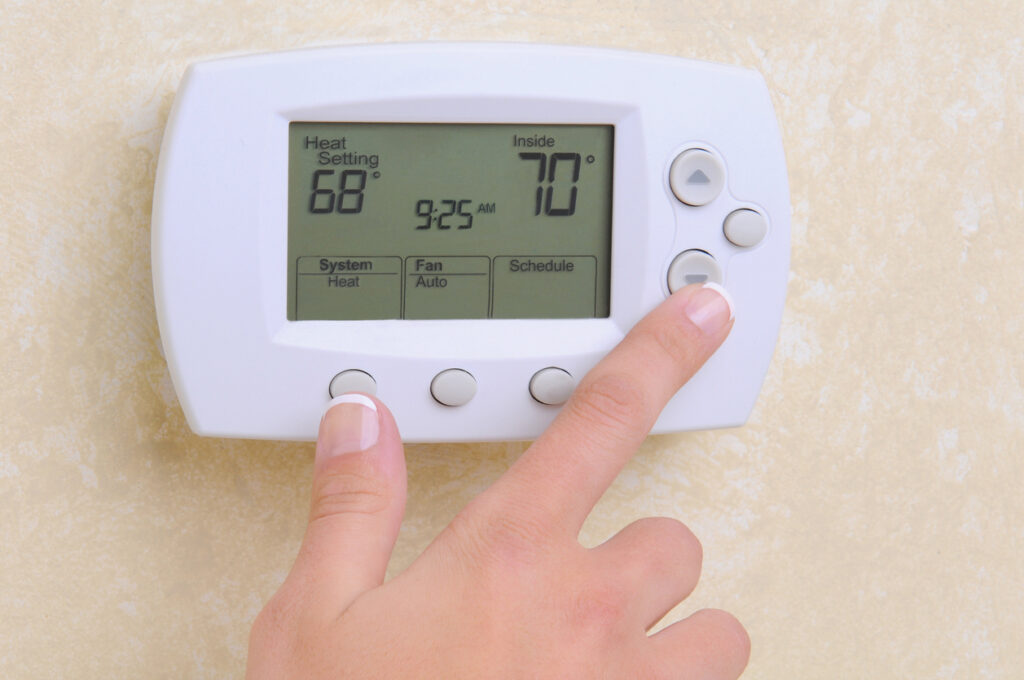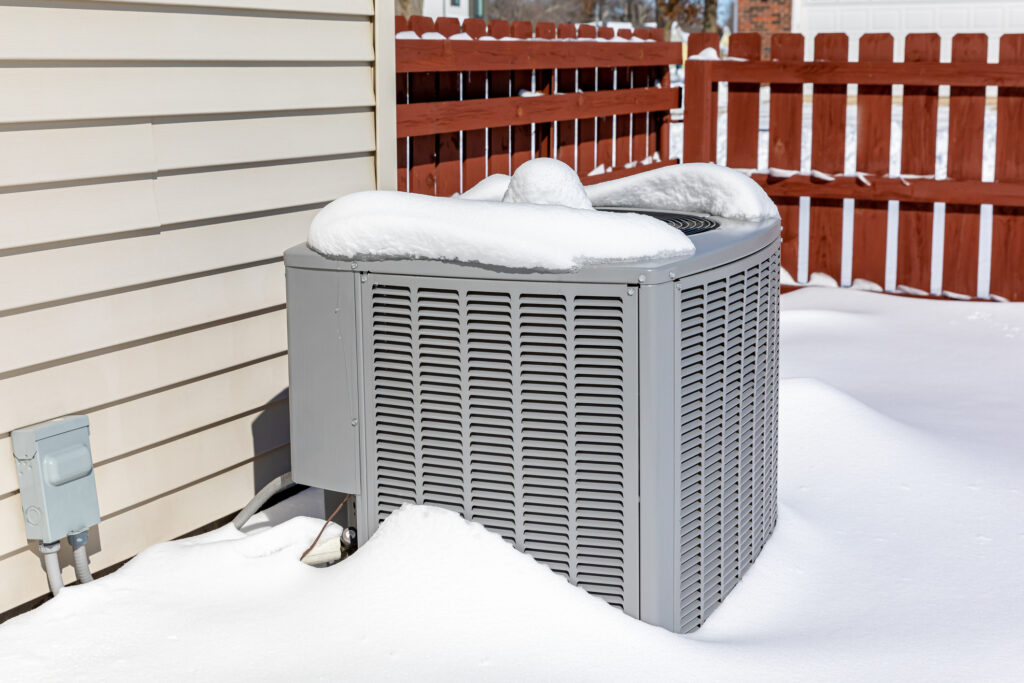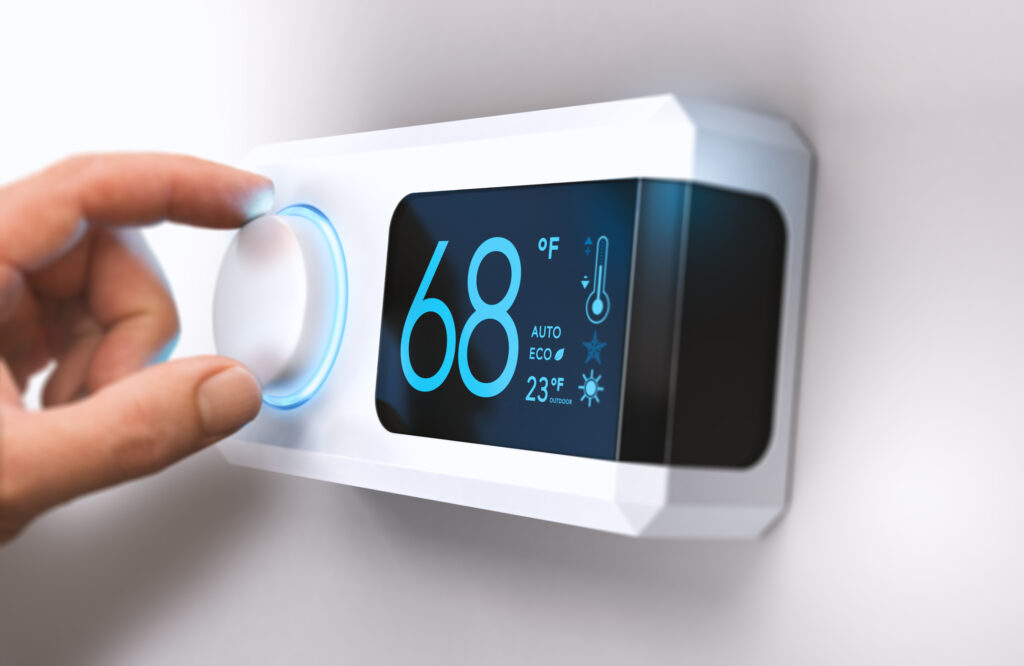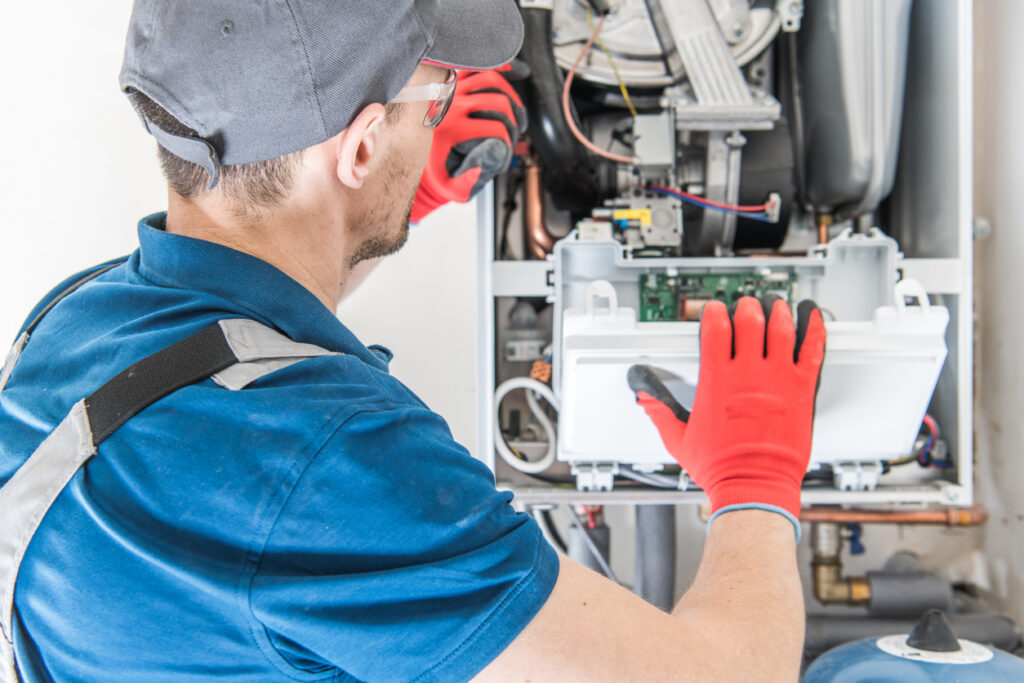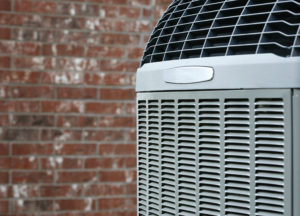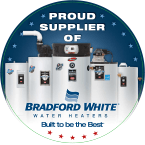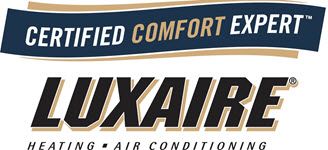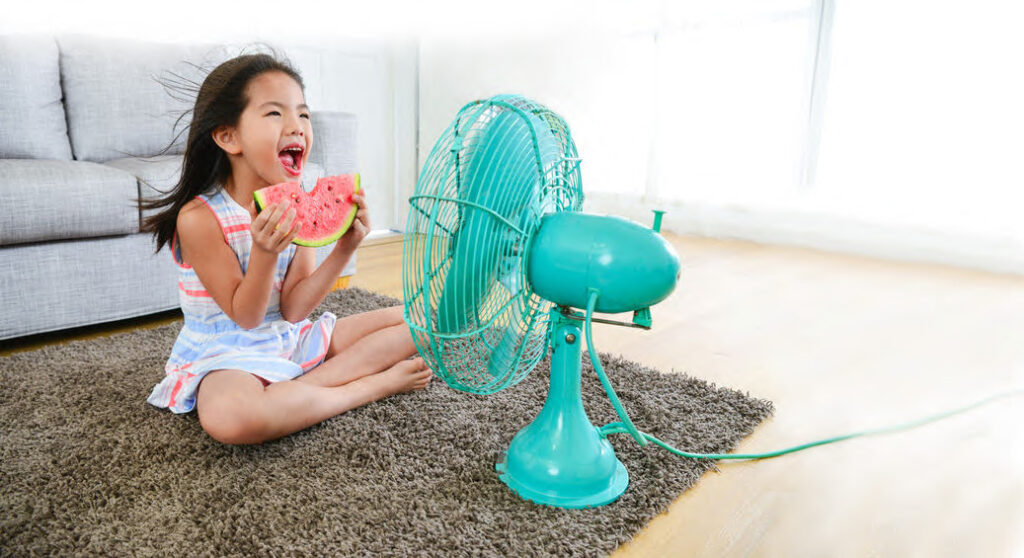
As summer temperatures rise, your air conditioner needs to keep up. Keeping it running efficiently is the key to maintaining high comfort levels and low energy costs. Regular AC maintenance isn’t just about preventing breakdowns — it’s about optimizing performance, reducing utility bills, and maximizing your system’s lifespan. In this blog, we’ll explore some common AC challenges and provide helpful, actionable tips to keep your cooling system in top shape.
Most Common Summer AC Problems
The summer heat skyrockets, putting additional strain on your air conditioner. Let’s break down some of the common culprits that could be reducing your comfort:
- Poor cooling performance: If your AC’s running full blast and the air barely feels different from outside, that could signal several problems, from low refrigerant to a failing compressor.
- Refrigerant leaks: Leaks can drain your system’s cooling power and damage the surrounding area by pooling.
- Clogged filters: A dirty filter forces your AC to work overtime, significantly reducing proper airflow and efficiency.
- Thermostat issues: If your thermostat isn’t on the same page, you’ll likely feel the blow.
- Electrical problems: Strange noises, short-cycling, or a dead system usually point to electrical issues. These can be anything from loose connections to failing components.
Leaving these problems unchecked will not only leave you sweating but also skyrocket your energy bills while your AC struggles to keep up. Regular maintenance is key to ensuring your AC flows smoothly all summer.
Trusted Maintenance Tips
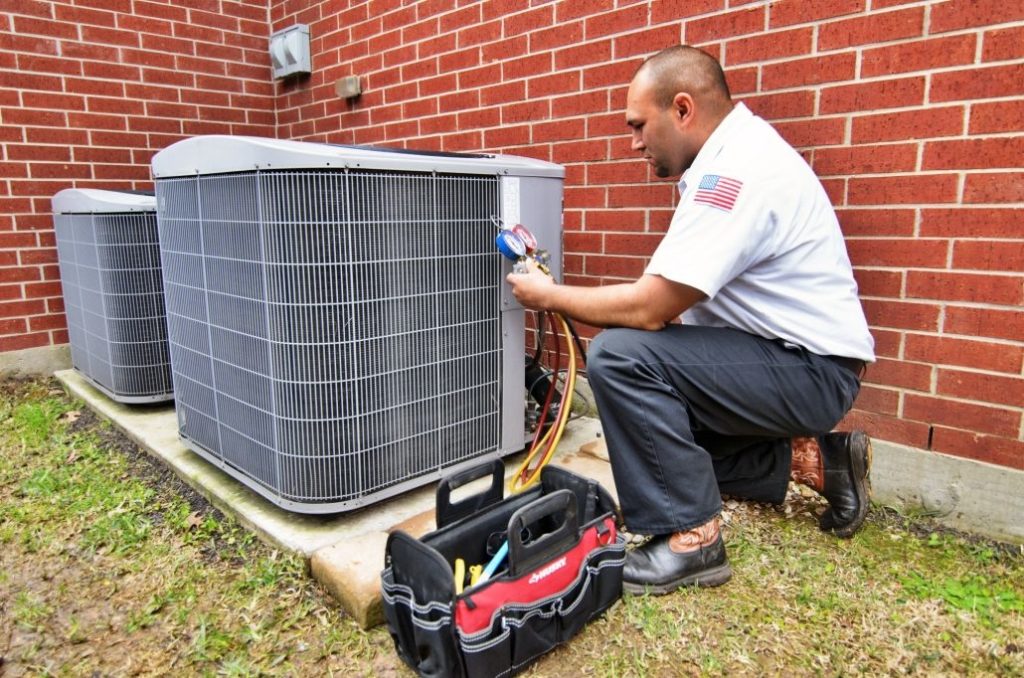
Regular AC maintenance is crucial for optimal performance and longevity. Here are some simple steps you can take to help avoid costly repairs and ensure efficient cooling when the heat is beating down:
Tip 1: Clean or Replace Air Filters
Dirty filters restrict airflow, reducing efficiency and potentially damaging your system. Make filter checks a part of your routine by attending to them monthly and replacing or cleaning them every one to three months. You may want to do it more frequently if you have pets or live in a dusty area.
Tip 2: Check Thermostat Settings
For higher energy savings, set your thermostat to about 78 degrees when you’re home; the less difference between the indoor and outdoor temperatures, the lower your utility bill will be. With programmable thermostats, you can automatically adjust temperatures and potentially save even more on cooling costs.
Tip 3: Inspect and Clean Coils
Dirty coils disrupt heat transfer and force your AC to work harder. Gently clean the outdoor coils with a soft brush and coil cleaner; follow all manufacturer instructions. For indoor coils, we recommend consulting a trained professional.
Tip 4: Clear the Area Around the Outdoor Unit
You want about a 2-foot clearance around your outdoor AC unit. To the best of your ability, regularly remove leaves, grass trimmings, and infiltrating vegetation. This prevents airflow obstruction and maintains system efficiency.
Tip 5: Schedule Professional Maintenance
Annual professional tune-ups can identify potential issues before they become major problems. This will help extend your AC’s lifespan and maintain its energy efficiency and peak functionality while saving money on utilities.
Choose BVSM Heating & Air Conditioning
Regular AC maintenance is a must for summer comfort and efficiency. It prevents common problems, significantly reduces energy bills, and extends your system’s lifespan. By addressing issues promptly, you avoid costly repairs and ensure reliable cooling when you need it most. Stay proactive with these simple maintenance tips to keep your AC running smoothly during peak warm seasons.
If you need quality AC services, BVSM Heating & Air Conditioning has you covered with expert AC maintenance and more. Our NATE-certified technicians have the skill and expertise to ensure optimal comfort levels in your Pennsylvania home.
Schedule AC services with one of our experts now.

